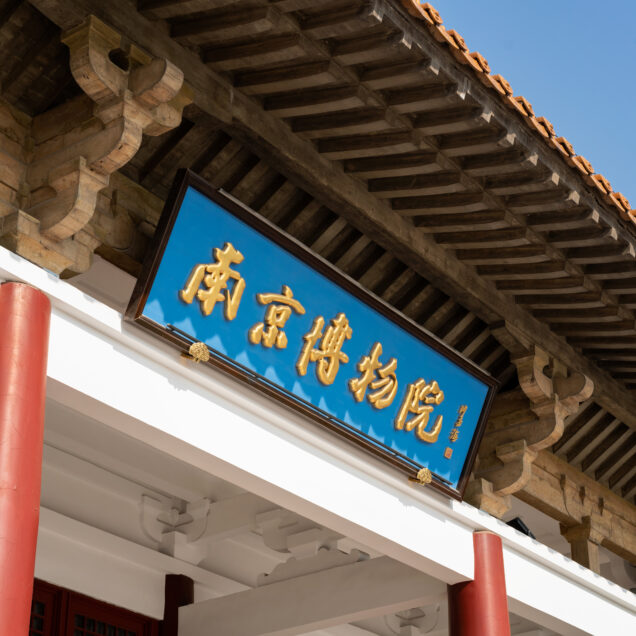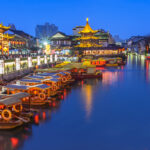Nanjing Museum is the first established museum in China, formerly known as National Central Museum that was built in 1933 of the Republican Era, when Nanjing was the capital of the nation.
The Nanjing Museum houses an astonishing collection of more than 430,000 pieces (sets), ranging from the Paleolithic to present day. Ceramics, bronzes, jades, lacquerwares, calligraphic works and paintings, and miscellaneous objects, all of which are collected from imperial palace, archaeological excavations, acquisitions and donations. They are exquisite works of each dynasty, composing a huge treasure house of Chinese culture and arts. Covering an area of 33 acres, the museum is located in Xuanwu district which only requires a 15 minutes drive from the Presidential Palace. The building was designed by Liang Sicheng, who is known as the father of modern Chinese architecture. The museums was constructed by six exhibition halls and research institutions, imitating the palace building style of the Liao Dynasty. The museum in Nanjing, Beijing and Taipei are known as three great museums in China. Most of the collections in Taipei Museum are actually delivered from Nanjing when the Kuomintang government retreated from the mainland in 1949.
Visitor Info
- Scenic Rating: AAAA
- Opening Hours: 9:00-17:00, closed on Mondays (except statutory holidays, New Year’s Eve and the first day of the Lunar New Year).
- Admission: Free
- Address: No.321 Zhongshan East Road, Xuanwu District, Nanjing City, Jiangsu Province
Map
More Info
Tourist attractions in Nanjing



